Potential customers want to know that you can help them achieve the results they’re after. Sure, you could always tell them how great you are. Let’s face it, though: nobody likes a show-off.
A much better option? Demonstrate to prospects just what you can do for them, by showing them what you already did for a customer just like them. In other words, write an effective case study.
Your customer is the hero
A case study makes your customer the hero of your story which, according to Ann Handley in “Everybody Writes” (one of my favorite books about communication), is exactly what you want. “The best content has your customers in it,” she writes, “so make sure your customer is the hero of your story.”
But if your customer is the hero, what role do you play in a case study? You’re the one responsible for helping the hero find his or her way. In her book “Resonate: Present visual stories that transform audiences,” Nancy Duarte explains that “you are the mentor. You’re Yoda, not Luke Skywalker.”
A case study is a story of transformation
The role of a case study is to follow a customer through a story of transformation — from the problem they faced before they adopted your solution, to the success they achieved afterward.
A systematic approach
To hit the mark, a case study needs to be constructed carefully. It needs to include all the right information, from hard evidence of a transformation (where possible) to some softer elements, such as quotes from our customer relating how she felt before and after you helped her solve her problem.
Needless to say, a case study relies on the involvement of your customer who, well-meaning as he may be, won’t have limitless amounts of time to give to the exercise.
That’s why it’s essential that you approach the preparation of a case study systematically — to make sure you collect and present all the relevant information, without wasting your client’s precious time.
6 steps to writing the perfect case study
Here is an outline of the steps you can follow to write your case study:
Select the customer
Ask them to participate
Send questionnaire
Interview customer
Write it up
Obtain approval
1. Select the right customer
Your first step in writing your case study is to choose the right customer as your subject. Here are factors to consider:
- Have they already expressed satisfaction with your product or service? An outspoken fan is likelier to make an ideal subject.
- Do they resemble your ideal customer? If so, your future prospects will be likelier to relate to them and their story.
- If you have different customer segments, you should aim to have at least one case study power segment. Does this customer fall in a segment for which you haven’t yet written a case study?
- Do you have data that quantifies the success they’ve had with your product or service?
Speak to your sales team: Account managers can be very helpful in telling you whether a particular customer would be a good candidate for a success story.
2. Ask them to participate
Your customer will need to be an active participant in the case study. Start by sending them an email to invite them to participate. Make sure to mention:
- The different steps in the process and how long each will take
- That they’ll have a chance to review the final case study before you share it in your marketing materials
- Any incentive you’re offering for their participation
3. Send them a questionnaire
In this step, you’ll be sending clients a document to fill out or a link to an online survey (using Survey Monkey or a similar solution). Here are the types of questions you might consider asking:
- What problem did you experience before using <product/service>, which drove you to look for a solution?
- Please describe the frustration you felt as you tried to solve the problem.
- Why did you select<product/service> instead of a competitor?
- How did it solve the problem you were experiencing?
- Do you have any metrics that show measurable improvements?
- Please describe the moment when you realized that <product/service> had solved your problem. How did it feel?
- How has using impacted you in your work/life?
- How likely are you to recommend <product/service> to a friend or colleague?
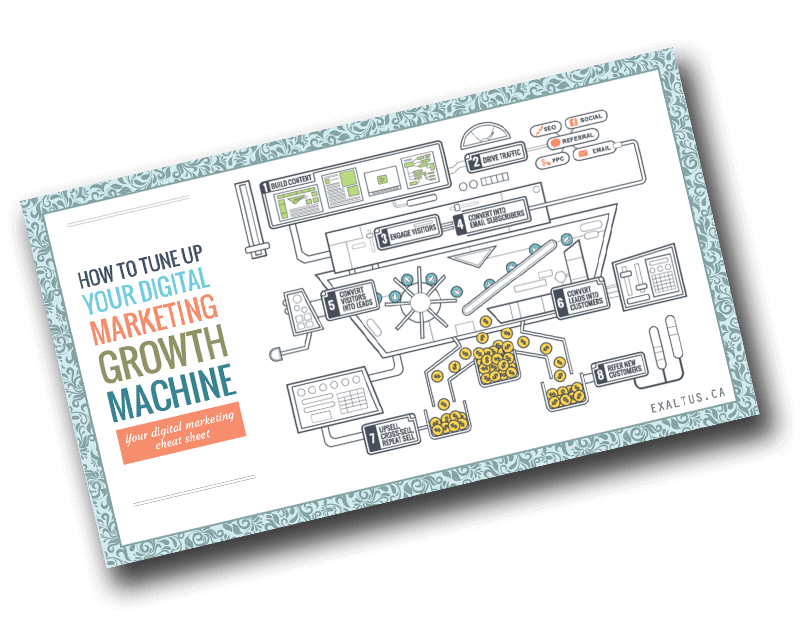
Download our FREE cheat sheet!
Find out how you can turn your website into a personalized and fully optimized growth machine that drives sustainable and predictable revenue.
4. Interview your customer
If we compare case study research to searching for gold, then the questionnaire you sent to customers was equivalent to using a metal detector to find soil rich in gold. The live interview is akin to digging into the most promising areas.
Draft your list of questions in advance of your interview. Consider asking your customer:
- Follow-up questions wherever their questionnaire responses needed clarification or where you suspect juicy details might be hiding.
- If they have anecdotes or metrics that illustrate their different answers
- Open-ended questions to give them the opportunity to elaborate (and during the interview, make sure to leave them plenty of time to do that)
If possible, and with your customer’s permission, I recommend that you record the interview. Here’s why:
- You’ll be less nervous about missing important details, and therefore more free to focus entirely on your customer’s answers and on asking great follow-up questions during the interview.
- You will likely be able to extract amazing customer quotes from the recording, without having to ask for a separate testimonial.
- After the interview, you can spend some time dissecting the language used by your customer. If it’s representative of the way that your ideal customers express themselves, it could be advantageous to mirror that language in your marketing.
5. Write up the case study
After you’ve transcribed the interview and pulled out the most valuable nuggets, you may need to have a couple more quick email back and forth with your customer in order to obtain:
- Some highlights about the company and their mission
- A clean version of their logo
- Any detailed metrics you haven’t already gotten to demonstrate the success your customer has achieved as a result of your solution.
Once you’ve got all that, you can get down to writing your case study, following this structure:
- Who the customer is
- The problem they face
- The solution you provided
- The results they obtained
Make sure to weave in customer quotes and some human details about the frustration they felt around the problem and the positive feelings they experienced around your solution.
6. Obtain approval on the finished case study
As a courtesy to your customer, send them the completed case study to make sure you captured the details correctly.
They are unlikely to have any objections to what you’ve written but, if they do, it’s best to find out now than once the case study has made its way into all your marketing materials.
Over to You
I hope that you give these steps a try and are on your way to writing powerful case studies that demonstrate to prospects how transformative adopting your solution can be. Once you do, I’d love to hear back from you in the comments!

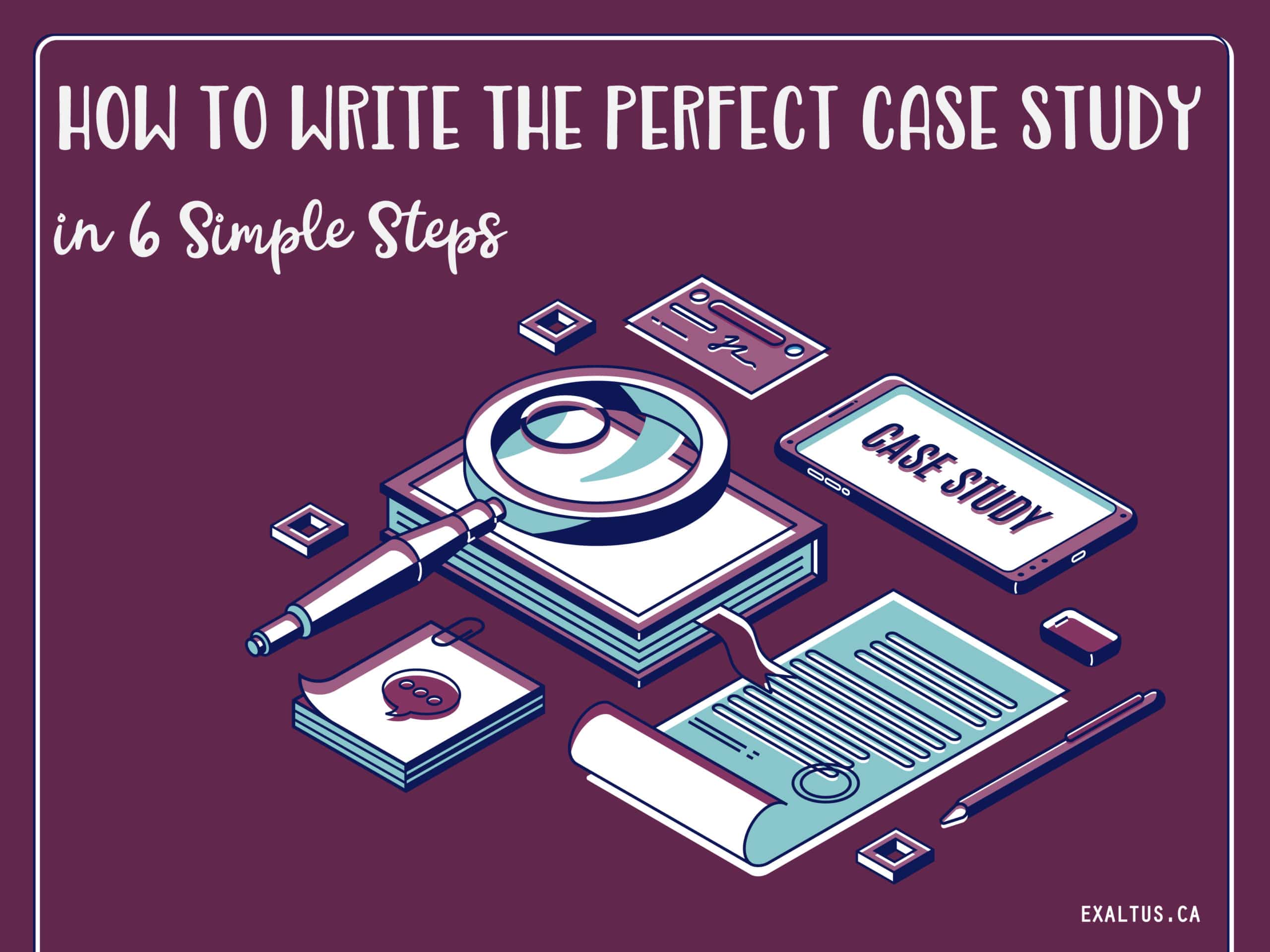
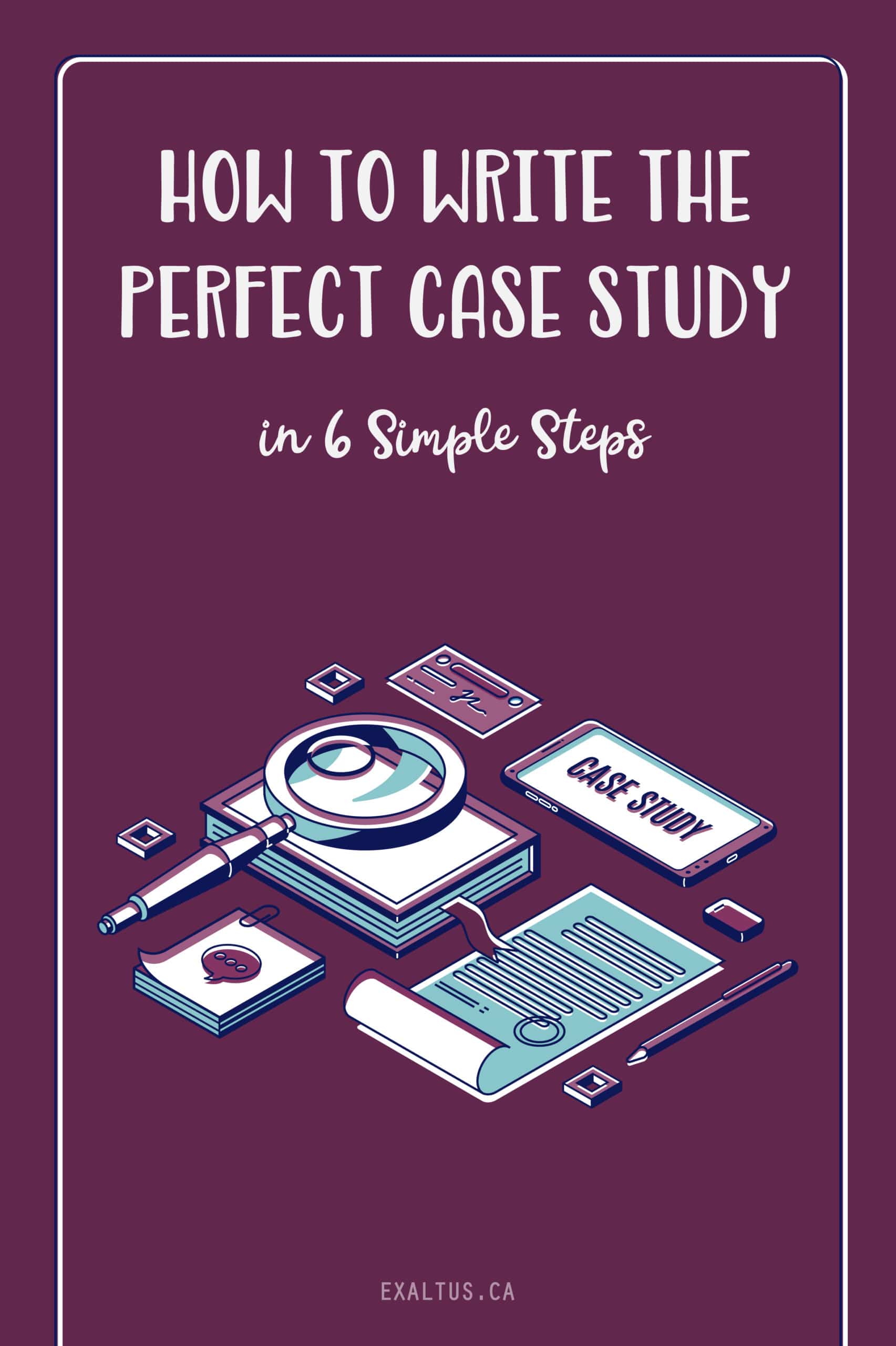


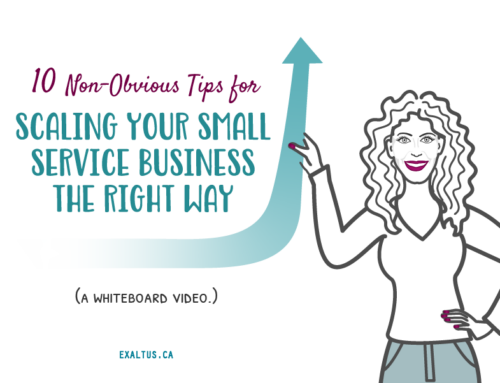



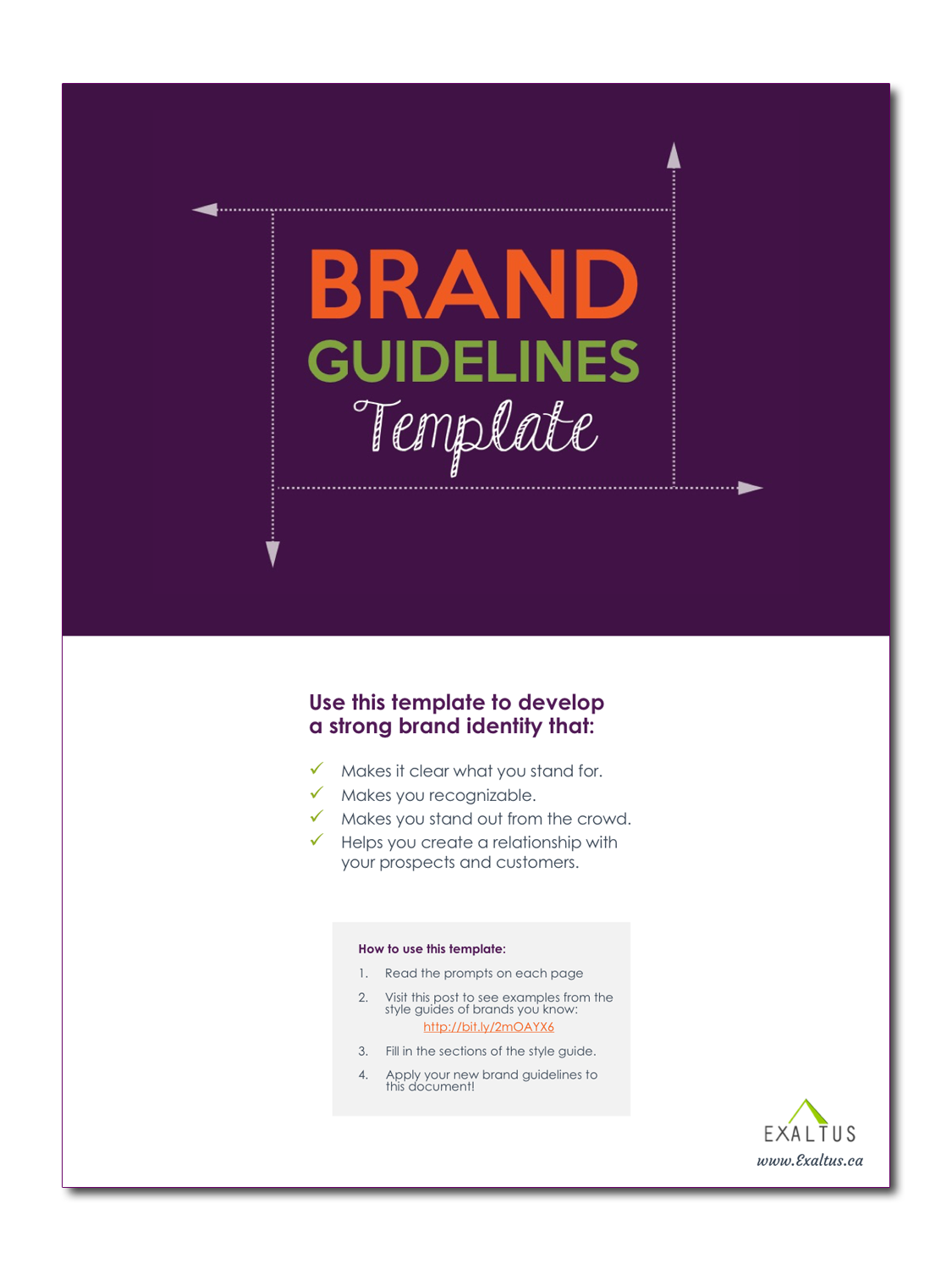

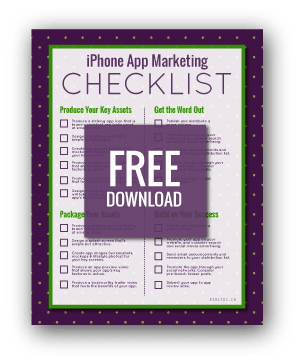
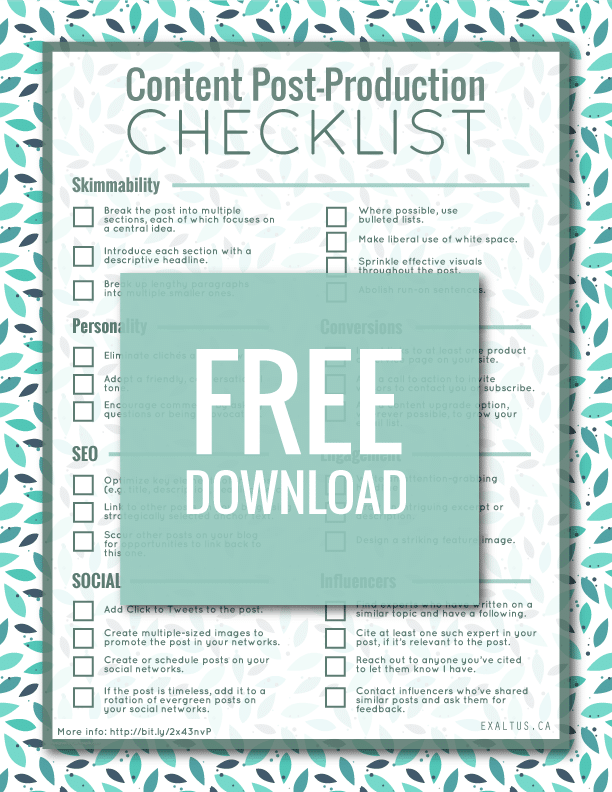
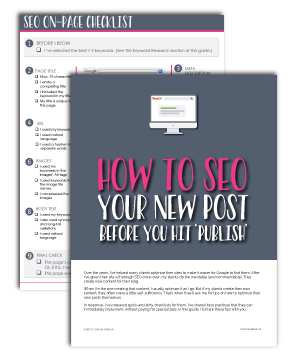
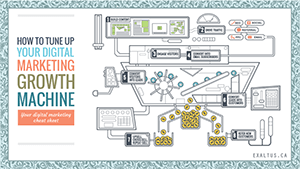


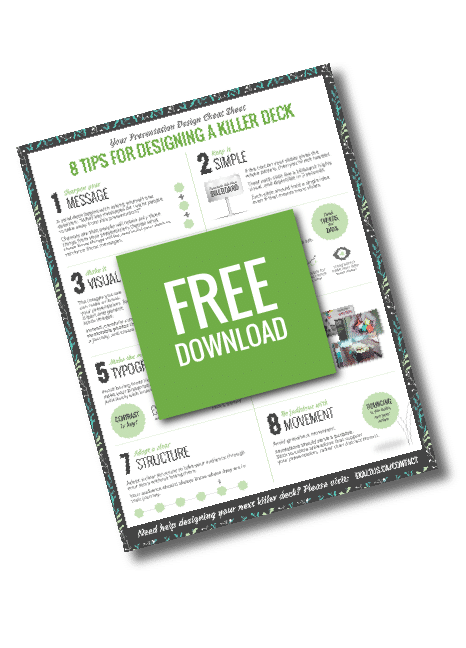
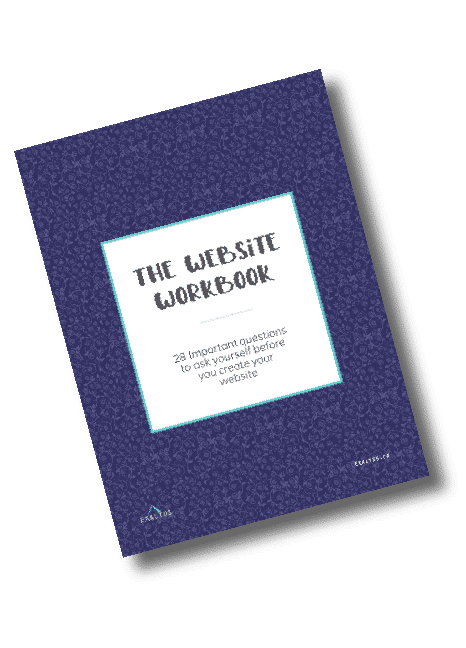
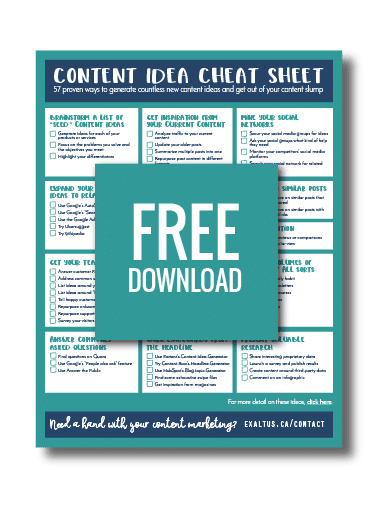

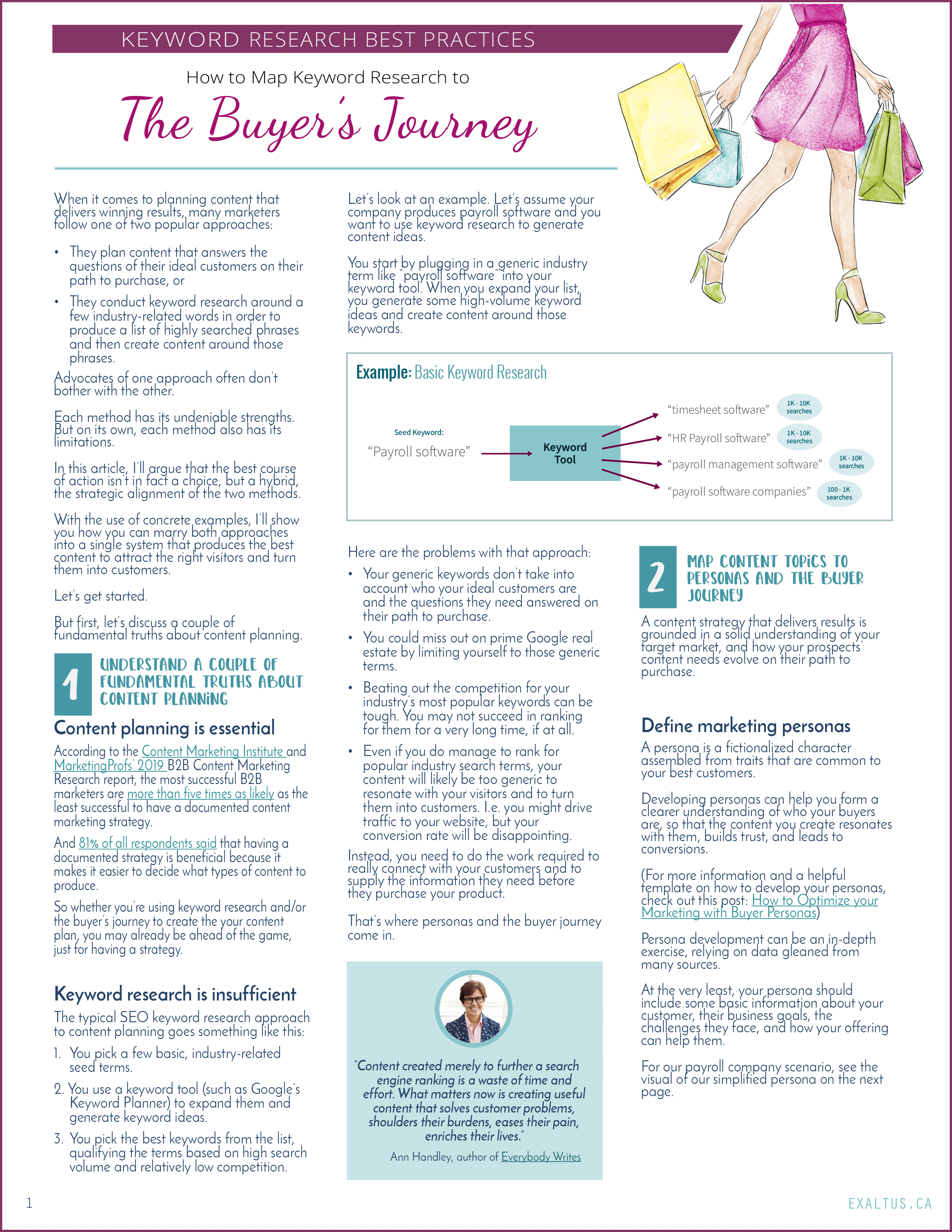

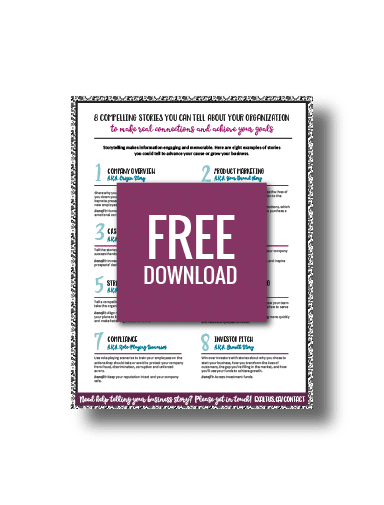

Leave A Comment